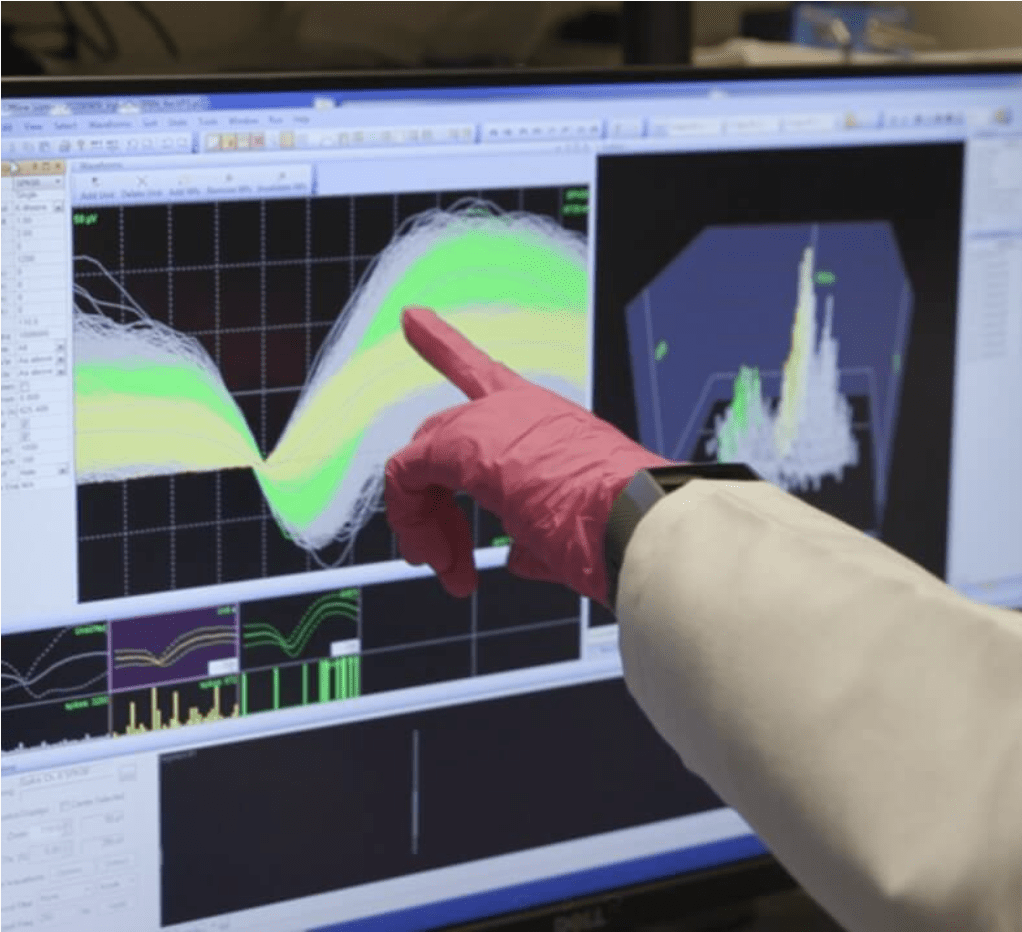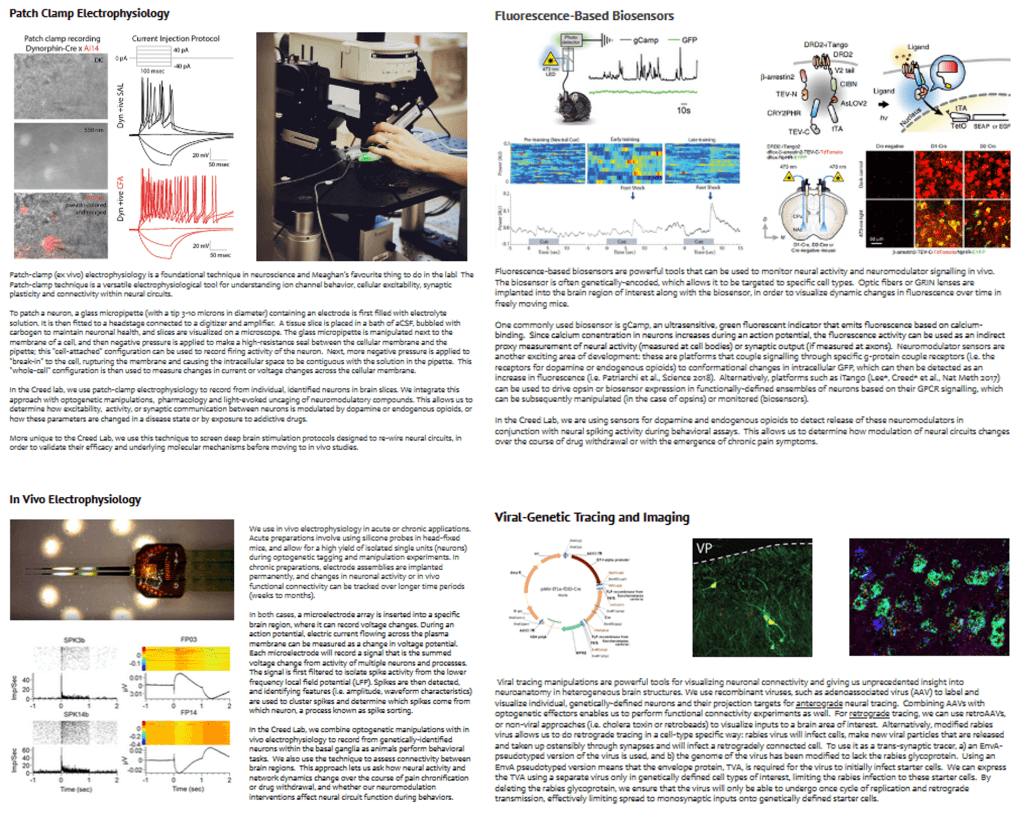Modulating Neural Circuit Function to Treat Disease
Research in our lab focuses on synaptic plasticity and neuromodulation within defined neural circuits in the ventral basal ganglia: the networks involved in reward-guided decision making, learning and selection of flexible behavioral strategies.
Pain & Addictive Drugs
How do pain and addictive drugs alter function of neural circuits?
Specifically, we ask how chronic pain and self-administration of addictive drugs alters function of ventral basal ganglia, and how this altered circuit function drives maladaptive behavior in disease states. We use a range of techniques including in vivo and patch clamp electrophysiology, genetic sequencing, optogenetic manipulations and behavior to study change in function in the ventral basal ganglia in models of chronic pain and substance use disorders.
Our Goal
Our goal is to improve the quality of life of patients with substance use and chronic pain disorders. To this end, we leverage insight from molecular and circuit studies to provide blueprints for novel therapies for these disorders, including deep brain stimulation (DBS) and targeted drug delivery. By first establishing links of causality between neuronal and circuit adaptations and specific behavioral symptoms of disease, we can determine a rationale for targeted circuit manipulation in a disease state. We can then design novel neuromodulation paradigms and validate their efficacy in models to provide novel, effective treatments for disease.
Experimental Techniques
We use a variety of experimental approaches:
✔ Patch clamp electrophysiology
✔ Awake, behaving in vivo electrophysiology
✔ Deep brain stimulation in preclincal models
✔ Optogenetics
✔ Intracranial drug delivery
✔ Biosensor imaging with fiber photometry
✔ Next generation sequencing (RNA-Seq)
✔ Behavioral assays of decision making, nociception, reward- and depression-related behavior in mice
✔ Neuroanatomy with viral-genetic tracing
✔ Neuroimaging and confocal microscopy

